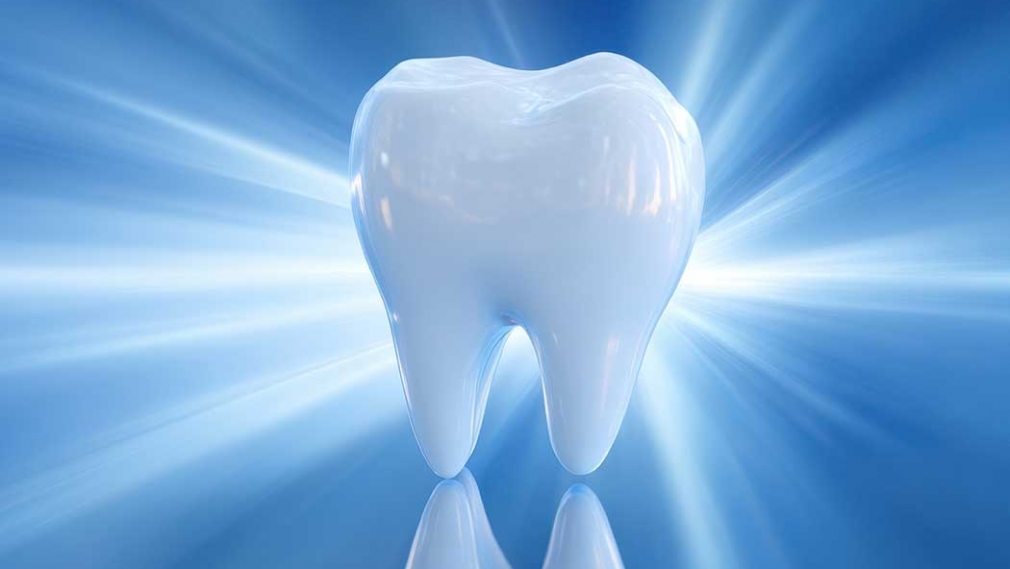
Introduction
Periodontitis is a chronic inflammatory disease driven by the accumulation of bacterial plaque and the host’s immune response, leading to the destruction of periodontal tissues. Nutrition, particularly the intake of micronutrients with anti-inflammatory and antioxidant properties, plays a vital role in maintaining…










